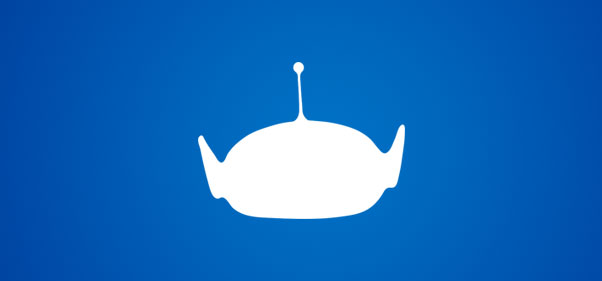Feeling burned out? Meet the men and women of Pixar Animation Studios. They’re under the kind of pressure that would drain anybody’s battery. Here are their screen-tested strategies for staying animated.
It’s high noon at Pixar Animation Studios. The cubicles, beanbag lounges, and candy pit-stops are strangely serene. The off-deadline Nerf battles, the scooter races in the corridors, the toy-action-figure jousts are all on hold. The circuslike area where the animators work is as dead as an SAT testing site. The eerie calm can mean just one thing: Work is in progress.
Disney needs film. Michael Eisner, chairman and CEO of Disney, is waiting. Stockholders are waiting. Rival movie studios are not waiting. A Bug’s Life, Pixar’s much-anticipated, four-years-in-the-making follow-up to its box-office smash Toy Story, is down to the final production sprint.
The pressure to produce is relentless, and it’s not about to let up. In January, Pixar and Disney inked a monumental deal with a monumentally hurry-up timetable. Pixar has committed to making five feature-length, computer-animated films in the next decade or so. By the year 2000, if everything goes as planned, it will become the second studio in history (after Disney itself) to produce three animated feature films in three years.
Each of Pixar’s 400 employees has a clear but potentially crushing mission: Be more creative than ever before. Produce more than ever before. And do it all twice as fast as ever before. Which might seem like a formula for burnout and attrition. But the employee-turnover rate is holding steady at less than 5%. And one reason is that Pixar knows more than a little about helping people recharge their mental, physical, and emotional batteries.
Pixar focuses on things both big and small in order to keep folks charged up. Big thing: The techies and the animators are treated as equals. Little thing: Each Friday, there’s a company-wide beer bash at which everyone watches “weeklies” of films in progress. Big thing: no contracts. People are free to leave whenever the place starts to suck. Little thing: extracurricular activities, such as lunchtime basketball and Lego auctions, that are organized through email lists. Big thing: Three years ago, the company created Pixar University (PU), an in-house operation that features free classes in data programming, tai chi, gesture drawing, improvisational acting, and juggling. Little thing: The classes are catered.
To find out if things great and small are really working, I ventured to Pixar’s world headquarters in Point Richmond, California, submitted to wearing a name tag (“A Stranger! From the Outside!”) and caught up with five hard-charging Pixarians: an operations guru, a film director, a computer-programming wizard, an animator, and a high-level administrator. Each of them has a very good reason to feel brain-dead – and each has a very real strategy for avoiding that fate.
You can read the full article here.
Last modified: May 5, 2005
